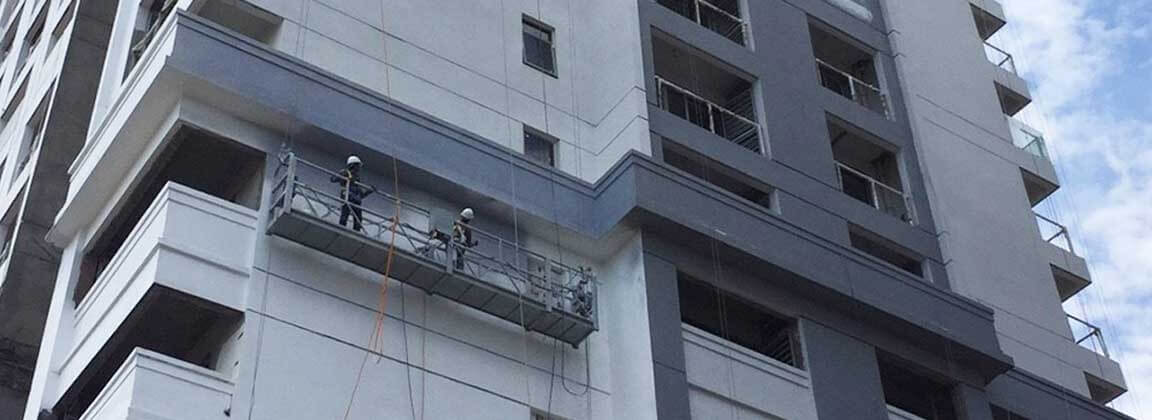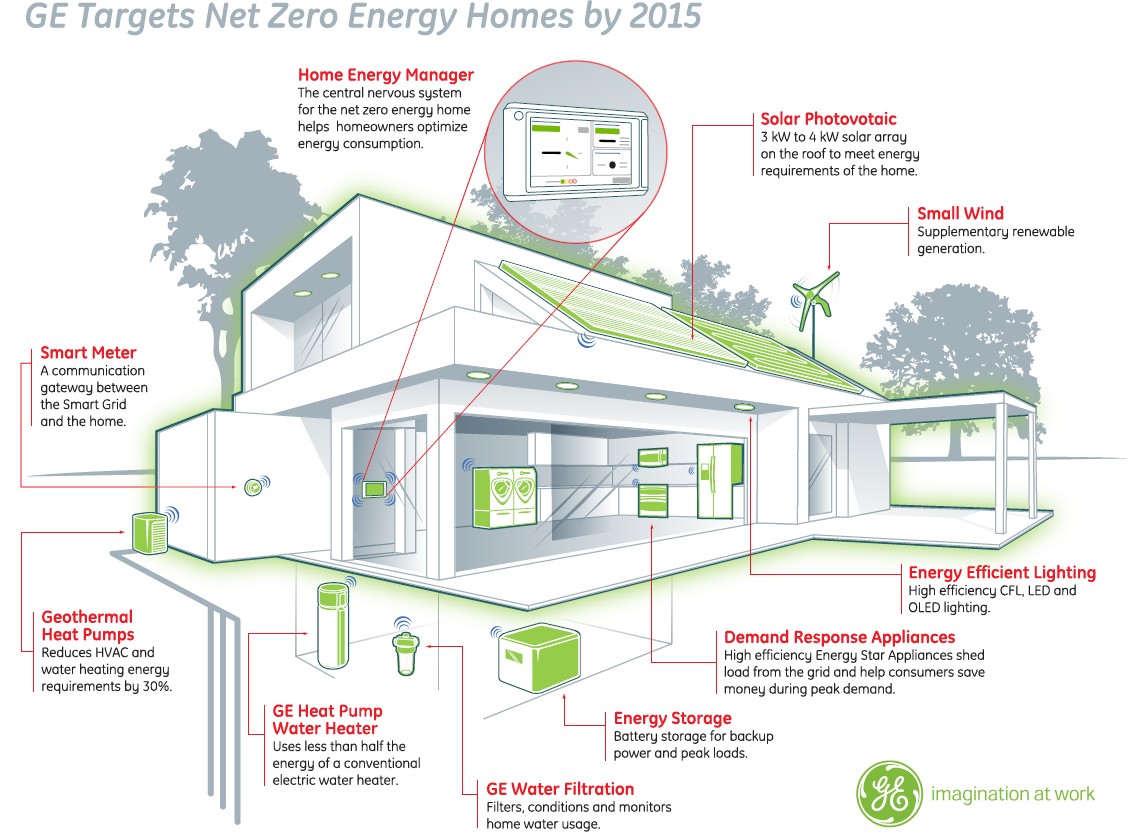
Every country has their own custom and tradition, and will draw up every kinds of law and regulations according to natural environment, international trend and needs of social culture. There are totally over 75% of steel structure and wooden building in Japan, with the effect of geographic environment and natural climate, social culture and regulation, they urge the development of wall refurbishment and construction and related material and technology.
Japanese awareness of public order and collective interest is higher than other country. It not only reflects in public places such as work and transportation, but also on the building’s appearance (crack, fall or old) that has to match to the community landscape.
In addition to the management fee, the apartment and building in Japan also have a repair fund system. Except of the management fee, the maintenance fee has to be paid regularly to special account according to the long-term building maintenance plan. When the building has to be maintained or repair, the expenses will be paid from this special account.
The management committee in japan has independent legal person position, the threshold of distinguishing the owner resolution is lower than Taiwan. Plus the drawn of maintenance fund make people solve the problem of building maintenance and repair more aggressive.
There is no maintenance fund system in Taiwan, apartment and building repair fee is drawn from management fee which paid monthly. Normally, the management fee is the lower the good, it can only paid for daily operation and maintenance. When there is a plan for large repair or maintenance plan, it will be decided by management committee and paid by every household. Thus, this kind of case or plan will be postponed or bypass. Not to mention there are a lot of old communities or apartments that has no management committee exist.
Reasonable maintenance plan and worry about the appearance of the building affecting the overall community landscape, makes old house refurbishment and repair become a normality industry. They have special specification and habits on fix and repair detail. Furthermore, the needs of old house repair and refurbishment makes painting and wall panel markets develop rapidly.

In Japan, the temperatures is higher than 30 degree and lower than 0 degree in a year, the thermal insulation treatment of building shows very important. Japanese government announced “countermeasure plan for global warming” on May of 2016, it specified the goals of reducing greenhouse gas and energy consumption and requires 50% new build single house is “Net Zero Energy House” in 2020 and reach the goal of 100% new building is ZEH in 2030.
Zero-energy building means no energy consumption on building itself. To reach this target, people has to gather solar energy or through other way on this building and produce energy from itself. Besides of that, people have to reduce energy consumption through many kinds of ways on this building, ex: saving energy lighting, use natural light source and lower the air conditioning consumption. It’s also important to keep building comfort temperature and the capacity of thermal insulation.
According to International Energy Agency estimation, there is 32%-40% energy consumption is global construction, the lightening system in the building is about 30%-40% and the air conditioning energy consumption is about 50%. However, the 50%-80% of building air conditioning electricity is wasting on the temperature difference of in- and outside, which is the heat that goes out through windows or wall or the comes in. That means there is 10%-18% global energy is wasted for nothing.
There are some ways to keep building warm and thermal insulation: 1. Use 2 or 3 layers low E-glass on window, 2. Covered with roof or others to reduce heat absorbing, 3. Use insulation material to isolate the heat conduction. Normally, the thermal insulation material will be applied inside of exterior wall, and then wall cover is installed and decorated.
Japanese ZEH building plan ZEH(ネット・ゼロ・エネルギー・ハウス)に関する情報公開について
How does green building save energy? (Taiwan Chinese)

By Qais Tabib - Own work, CC BY-SA 3.0, Link
The house in Taiwan is all RC reinforced concrete structure, however, Japanese house is wooden building. The survey of Statistics Bureau of Japan in 2014, there are 70% building is wooden and steel structure.
The wooden and steel building will not build wall in advance when set up skeleton. It is not the same as RC construction, beam column and wall is formed directly by concrete pour works. All exterior cover and interior partition have to use with different wall panel material to install and set up.
The structure affects construction, plus the method of thermal insulation and regulation, make Japanese wall material changes its development. Now, there is 50% thermal insulation is glass wool; the mainly exterior wall material is ceramic hanging board with 70% usage and interior wall material has various developments according to design and construction.
There is no mandatory specification for building thermal insulation and consumption at the moment in Taiwan. Moreover, most of construction is RC structure and consider the cost and rainy climate, most of exterior wall is covered by tile or concrete directly.

Reference
Japan “Zero Energy House” industry development overview – Materials Net (Taiwan Chinese)
ZEH-M Zero Energy House apartment the model of energy saving house is upgrade again (Taiwan Chinese)
PDF New standard of Japanese energy saving – wholly building evaluation (Taiwan Chinese)
PDF Japanese house building energy saving specification and encourage revolution (Taiwan Chinese)